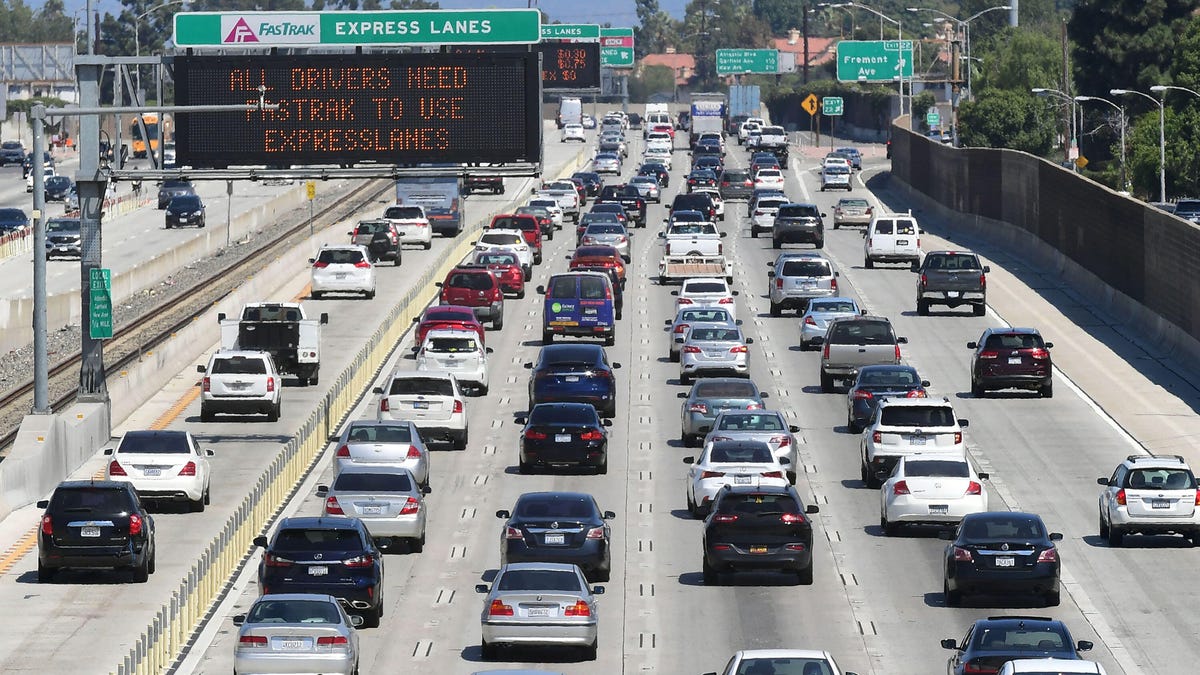New fuel economy regulations reportedly won't freeze rules at 2020 levels
The new rules will supposedly require improvements, but nothing like the standards currently in place.

The Trump administration has yet to officially finalized how it plans to change federal fuel economy regulations, but a new report claims they won't be nearly as loose as once proposed.
Instead of freezing regulations at 2020 levels, Bloomberg reported on Thursday that administration officials have given the go-ahead to incremental increases annually. The publication, citing its sources close to negotiations, said the government would mandate 1.5% increases to an automaker's vehicle fleet annually.
In September, the EPA hinted final regulations likely wouldn't mirror the 2018 proposal.
While the 1.5% increases are an improvement for those not on board with gutting the current regulations, it falls short of the loftier goals put in place under the previous administration. Right now, a vehicle fleet must average 46.7 miles per gallon come 2026. Passenger cars would need to return 54.5 mpg. Automakers have, for some time, argued these standards are out of touch with market realities that favor crossovers , SUVs and trucks .
This week, General Motors , Fiat Chrysler and Toyota each sided with the Trump administration in the ongoing fuel economy battle between the federal government and California's stricter standards. The current administration also revoked the state's waiver process, which bars the state from setting emissions standards that are stricter than the federal level. The process has allowed California to operate a zero-emissions vehicle program and a credit system for automakers.
Companies have often called out the two-tier regulations, which have left automakers to meet California and federal regulations. While the Trump administration will pursue a single national standard, California has already filed suit against the administration. Its waiver process dates back to the 1970 Clean Air Act.
It's not clear when the government will release the final regulations, but Bloomberg's sources cautioned they could still change before they're finalized.

